|
What do you do to build a child's imagination? In an early child care program, storytelling is a major component of each day. During circle time or morning meetings, educators will often read a book to the class, weaving an intricate story that the children can picture in their mind. While storytelling is an integral part of childhood, it also becomes a gateway to early literacy skills further creating the building blocks of reading and writing. Children hear the words and become familiar with their respective sounds. They also gain exposure to new vocabulary words and exercise their imaginations. Storytelling provides an opportunity for children to picture something in their mind’s eye as it is being told to them. This differs greatly from a typical conversation, because the intention is for a child to be able to imagine the details and create a representation in their own mind. Oral storytelling without being read directly from a book, gives children the best opportunity to use their imaginations. ***Does this topic interest you?*** You could enroll in our new course titled Imaginative Classrooms with Chris Van Allsburg for 2 clock hours. Click here to enroll.
0 Comments
Are you trying to understand proper reinforcement techniques, how to redirect mistaken behaviors, and create a more positive classroom experience? The goal for positive reinforcement is to help create an intrinsic desire for the child’s good behaviors. In other words, we want the child to see the joy in good behavior instead of fear of punishment for misbehaving. Redirection is taking fewer desirable behaviors and emotions and trying to turn them into a positive situation. The goal is to redirect an upset child’s attention onto something that is not upsetting to them in order to calm them down. Using redirection will avoid giving into what the child wants or rewarding undesirable behavior, and instead bring their attention to another activity or item. ***Does this topic interest you?*** You could enroll in our new course titled Creating Positive Classrooms: Reinforcement and Redirection for 2 clock hours. Click here to enroll. Comment some redirection techniques you've used with children!
Here are a few of mine: Walking/stomping/jumping like animals. Singing a song. Talking very quietly so they have to be quieter to listen. Having children involved in cooking is so much fun! Messy... messy fun! But fun! Getting children of all ages involved in cooking snacks and meals gives them valuable experiences with fine and gross motor skills, social experiences, executive function skill refinement, math practice and more. The simple act of combining ingredients to make a snack or a meal provides muscle movements that strengthen developing muscular systems. Tearing pieces of lettuce for a salad exercises small muscles in the hands and wrists. Stirring a bowl of batter exercises large muscles in the arms and shoulders. Talking with friends and teachers about what step is next, where a vegetable comes from, or how much flour to add provides valuable social experiences. Following multi step directions and recalling past experiences and knowledge refines executive function skills. Measuring 1 cup of raisins with half a cup of peanuts, almonds, and cashews to make a simple trail mix is a real-life math equation. Cooking adds so much value to everyday tasks and turns academic ideas into applicable experience.
***Does this topic interest you?*** You could enroll in our new course titled Preparing Food with Children for 3 clock hours. Click here to enroll. Comment some of the fun recipes you've done with children!
Here are a few of mine: Yogurt mixing is super fun! It changes colors with berries which is exciting for children. Another one is Ants on a Log! Yum!! Including new languages in the classroom can be scary... and so much fun! You can learn right with the children! Contrary to what some people say, you DO NOT need to be an expert to teach children different languages. You are learning right along side them and tell the children that! It's super important for them to know if AND when (because we know you will) make a mistake and to correct it with them. What to Teach? There are a variety of multiple language curriculum options available for purchase. If applicable, research and talk to your director about the possibility of using one in your classroom. If a “pre-packaged” program is not suitable, you can still integrate languages into your classroom in less formal ways. Even though you may not be using a commercially published curriculum, you are responsible for teaching quality material. Make sure you are doing research and studying the information before presenting it to children. Let Children’s Interests Guide Learning Each classroom has a unique atmosphere and chemistry. Be mindful of the children that are in your classroom, including their interests, temperaments, and learning styles when planning instruction. If the children have a particular curiosity for a subject, you can teach them about it in another language as well. Forcing children to simply memorize and regurgitate information that they place no value in will only be an uphill battle. If you are not sure what a child’s interests are or if you believe they have changed throughout the year, take the time to do an interest inventory with them or send one home for their parents to fill out. There are tons of surveys available online for young children.
***Does this topic interest you?*** You could enroll in our new course titled Multiple Languages in the Early Childhood Classroom for 2 clock hours. Click here to enroll. Comment some words you know in another language or some words you'd like to learn!
Here are a few of mine: I really like saying "thank you" in Spanish. It's also fun to say "hello" in different languages too! This is such a tough topic nowadays and with children! It's hard to bring the topic up with a group of adults, how are a group of children going to take it? Surprisingly very well! It might not be explaining to them every little detail of what they need to do during the day, but making healthy habits fun activities! According to the CDC reports as of 2022, childhood obesity in the United States reached 14.7 million. About 1.86 million of that was among 2 to 5 year-olds. Obesity in childhood impacts every group in some way, across all ethnicities, cultures and socioeconomic statuses. Children often spend a large part of their waking hours in a classroom and this also means that a large part of the food they eat in a day is consumed while in child care. The food eaten and the activities that children engage in have a large impact on their health. What are 5 ways YOU can help support children and their healthy habits?
***Does this topic interest you?*** You could enroll in our new course titled Setting Healthy Habits with Young Children for 2 clock hours. Click here to enroll. Comment some of the fun ways you get children moving!
Here are a few of mine: Outdoor games (such as hide and seek or tag) Hide and find items (like a year-round egg hunt) A fairy tale is a type of fictional story that typically features folkloric creatures (i.e., elves, goblins, witches, giants, etc.) and fantastical events. These stories have been around for centuries and have been told and retold over and over. Cinderella alone is over a thousand years old and has over 700 versions from countries around the world! Most of us grew up listening to these stories, and they have become deeply embedded into our language and culture. Although not originally intended for children, fairy tales have evolved so much that now the content and themes presented in them can be enjoyed by all ages.
***Does this topic interest you?*** You could enroll in our new course titled Happily Ever After: Using Fairy Tales in the Classroom for 2 clock hours. Click here to enroll. Comment some of your favorite Fairy Tales as a child!
Here are a few of mine: Jack and the Beanstalk Rapunzel STEM seems to be a popular topic lately. It's in everything that we do, teach, and learn! It's often referenced for older children, school age and maybe even preschool, but it can totally relate to younger children as well! Multiple studies have shown that using a blended approach to teaching has shown to increase interest for their future as well as help support all areas of development in children. When they are being taught about the four areas of STEM, children are able to use critical thinking skills through the scientific process, social skills though working together with peers, and even language skills through new discoveries. STEM occupations are going to continue becoming more necessary for the future. According to the U.S. Bureau of Labor Statistics, STEM occupations are projected to increase by at least 8% from 2019 to 2029. Science Science is the study of the natural world and all of its laws which includes biology, physics and chemistry. The most important aspect of the study of science is that the use of facts, concepts, controls, and tests are used to prove or disprove scientific theories with evidence. Over time, these scientific theories may be elaborated, further studied, or connected to new or different ideas. Science is always changing, but it stays factual and evidence-based no matter what. Technology Technology is an entire system that encompasses the knowledge, processes and devices that have been used for various purposes throughout history. We often think of technology as things like computers, but in reality, technology is a tool. Arrowheads used by Native American hunters are an artifact of technology. Likewise, the process of creating those arrowheads is technology; it is a technological process. Engineering Engineering is the study of the design and creation of products as a result of solving problems. Engineering encompasses math, science, and technology as well as other skills. It is a valuable subject to learn and experience. Teaching engineering is teaching the process of designing and building something that is needed. You can also think of it as the process of creating those pieces of technology that are critical to serving a purpose or meeting a need. Mathematics Mathematics, or math, is the study of numbers. This includes patterns, equations, systems, and shapes. These are integral parts to the early childhood classroom. The study of math links many different subjects together and can be seen in the natural world as well as in the manmade world. This makes it such an important subject to learn and be comfortable with. ***Does this topic interest you?*** You could enroll in our new STEM course titled STEM Activities to Get Infants and Toddlers Learning for 5 clock hours. Click here to enroll. Comment some of your favorite STEM activities for children of any age!
Here are a few of mine: Infant Science - Nature Sensory Bag Toddler Technology - Catching Worms Preschool Engineering - Three Little Pigs Houses School Age Mathematics - Get Hank to the Other Bank |
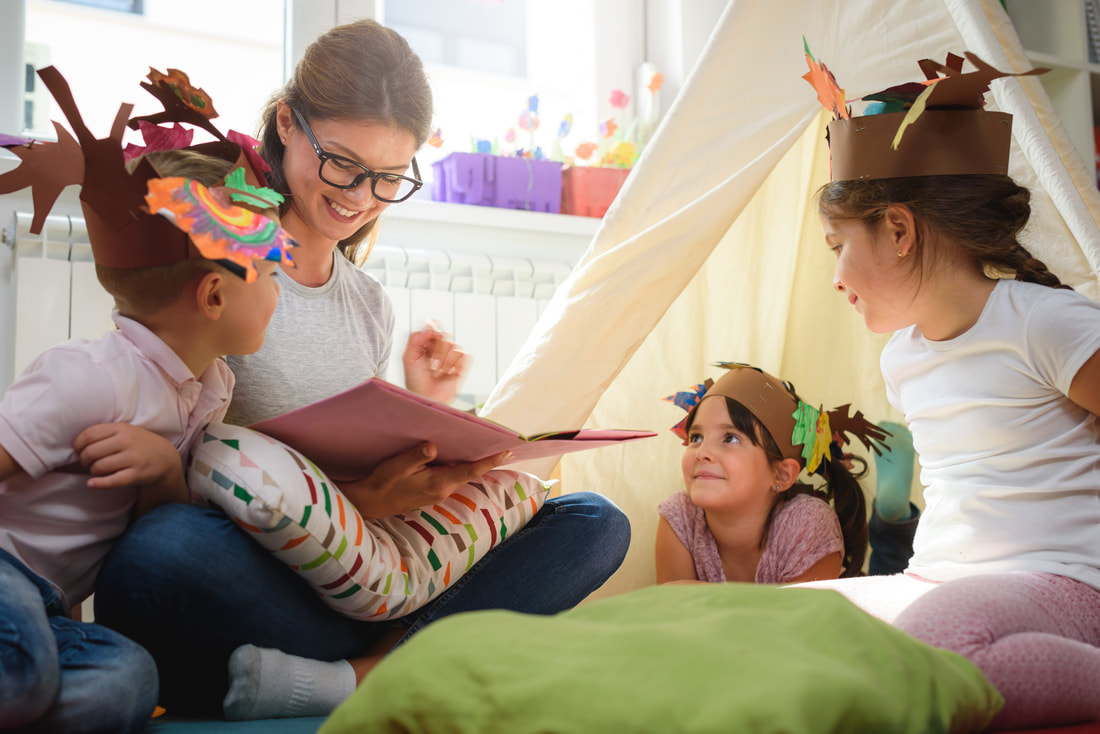
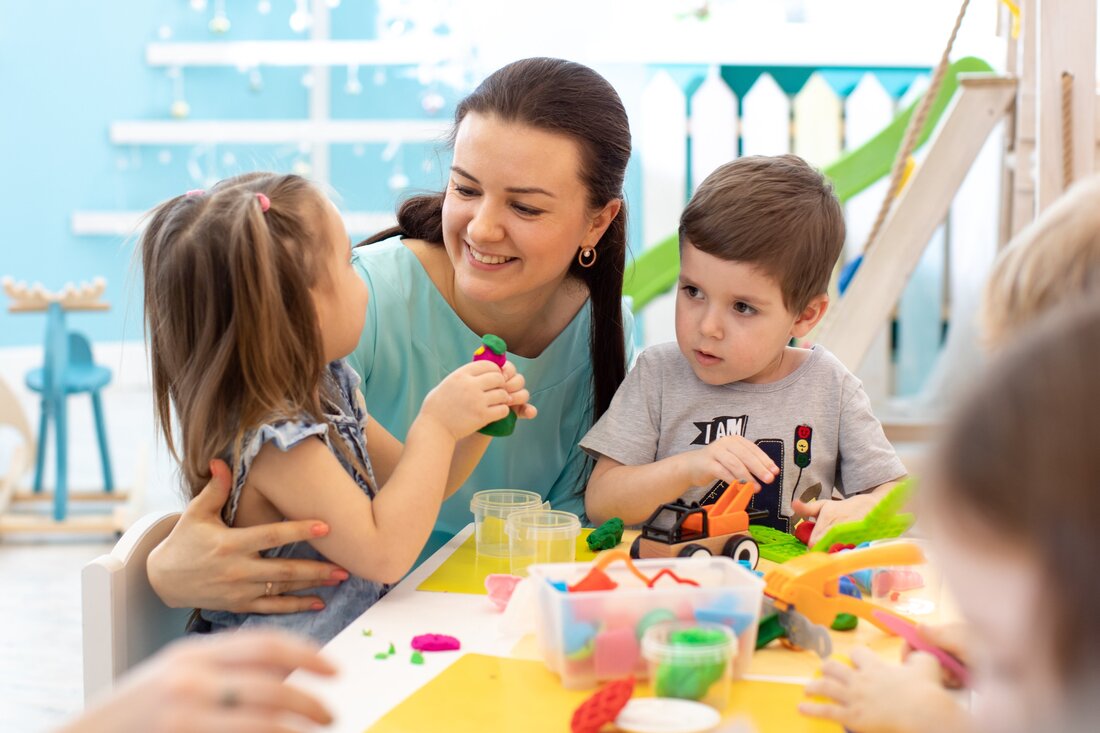

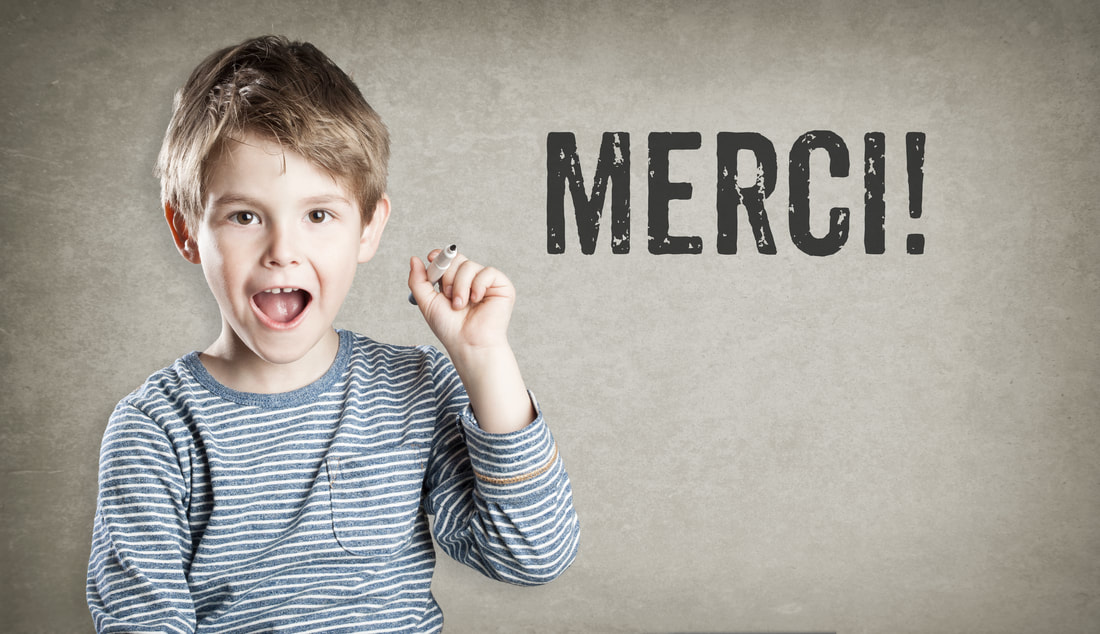

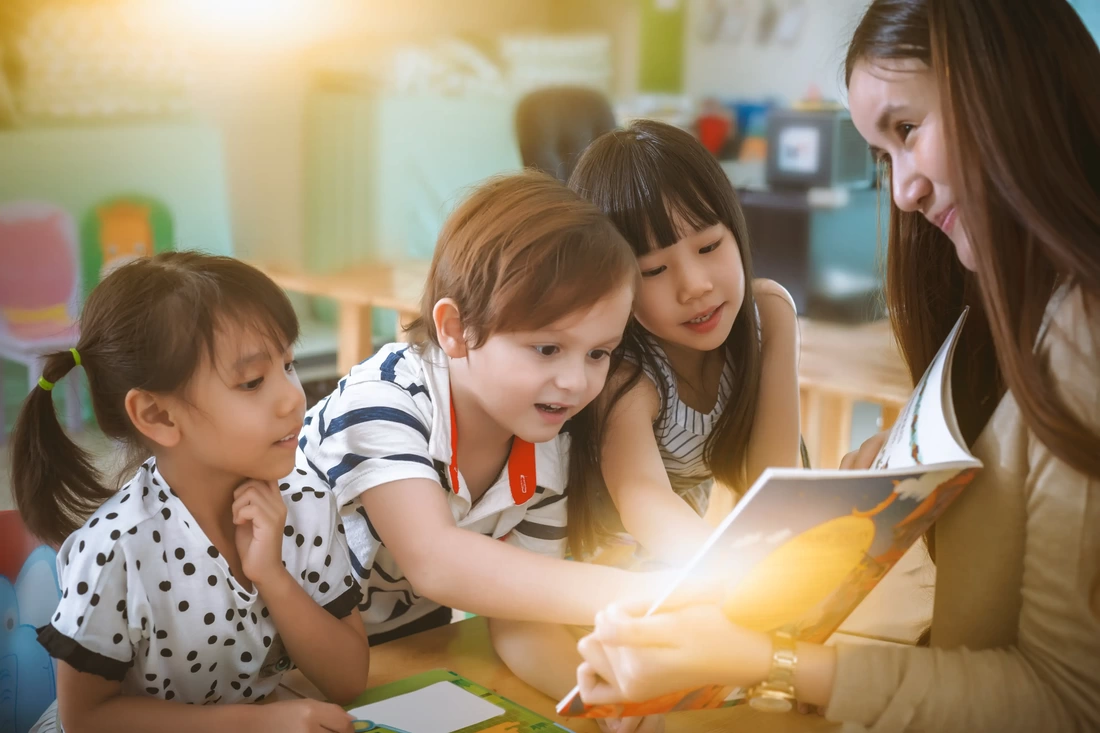
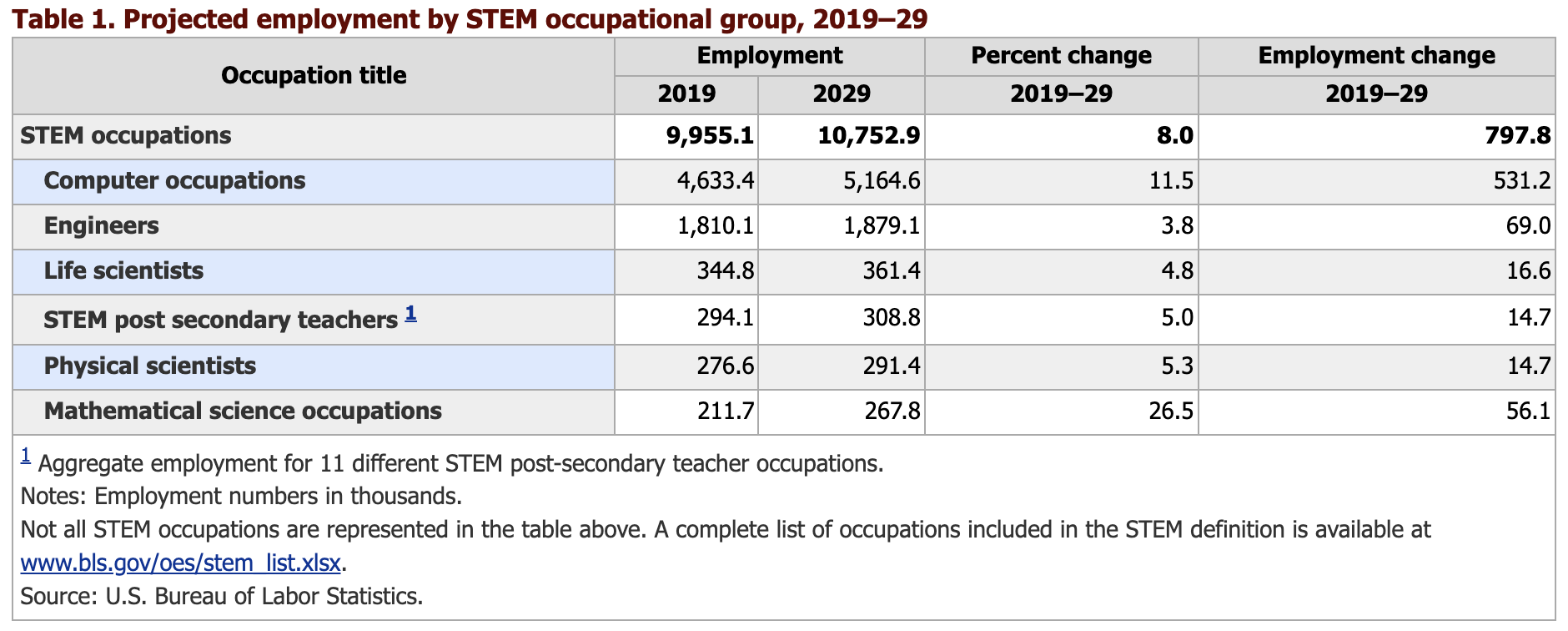
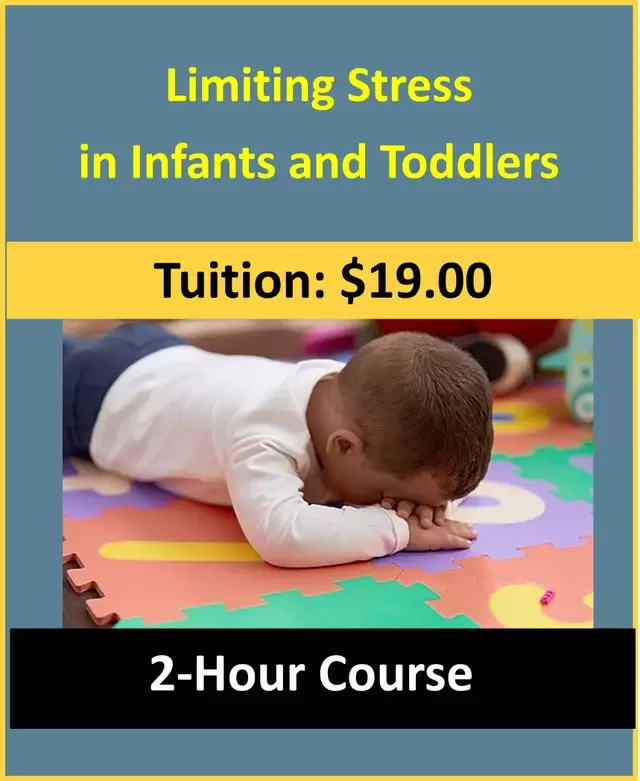
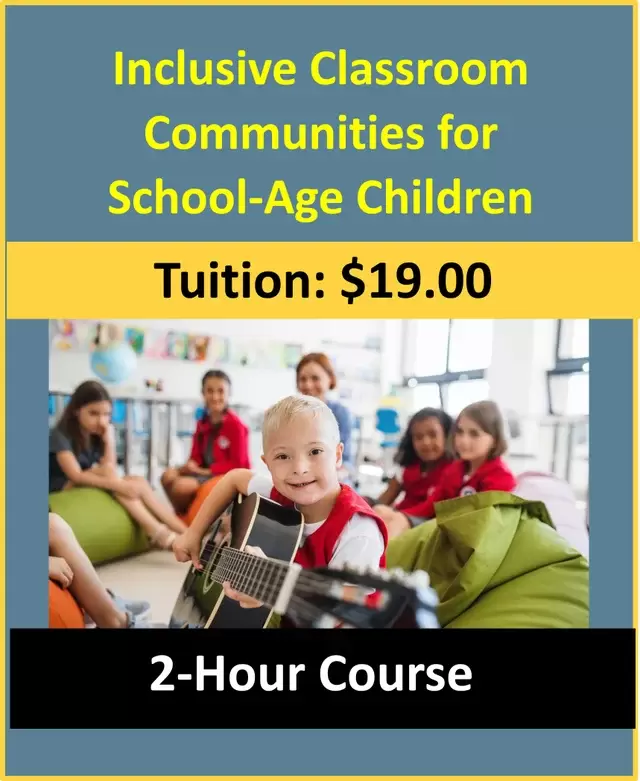
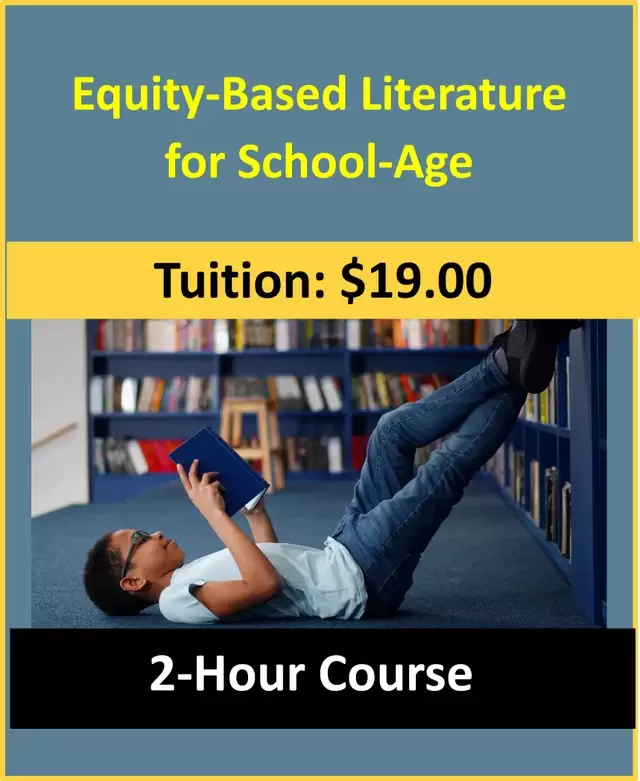
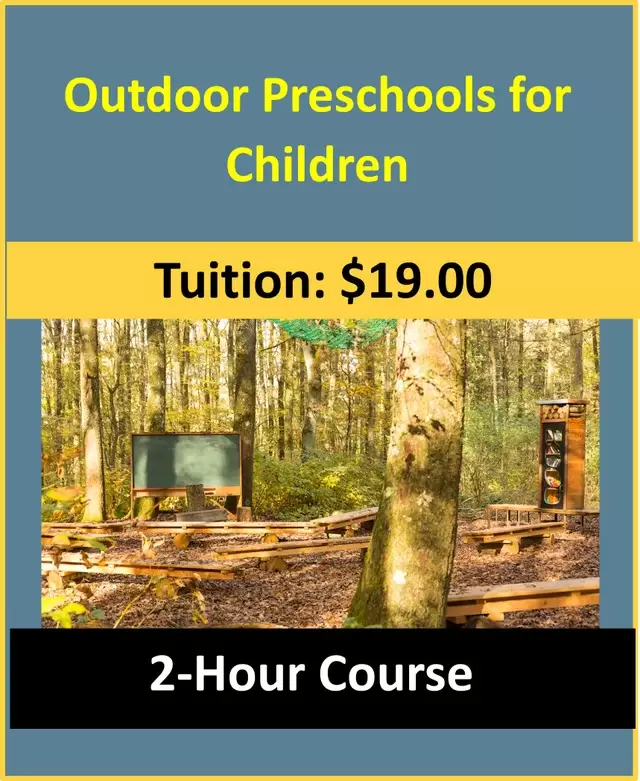
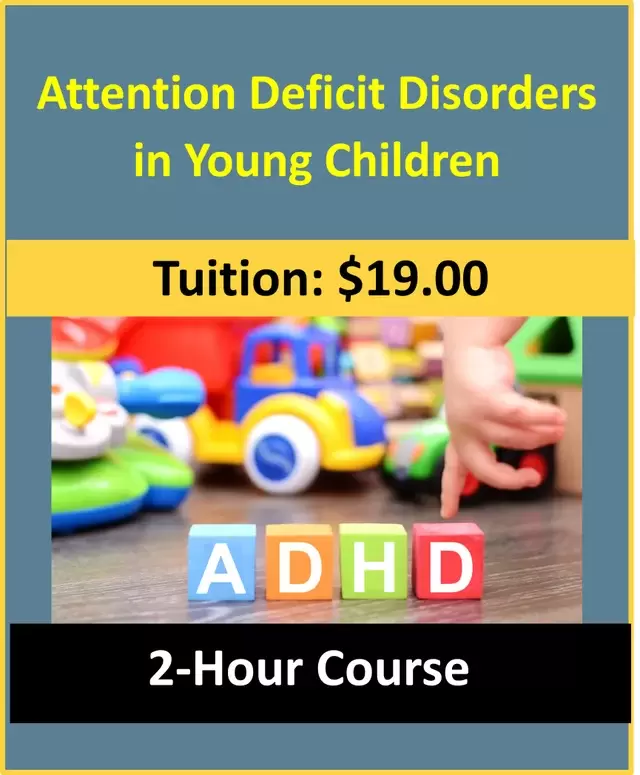
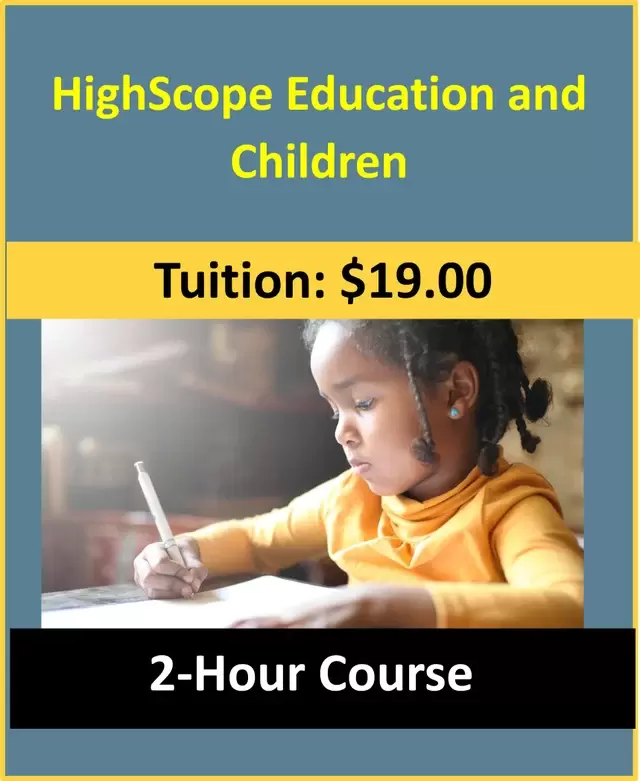
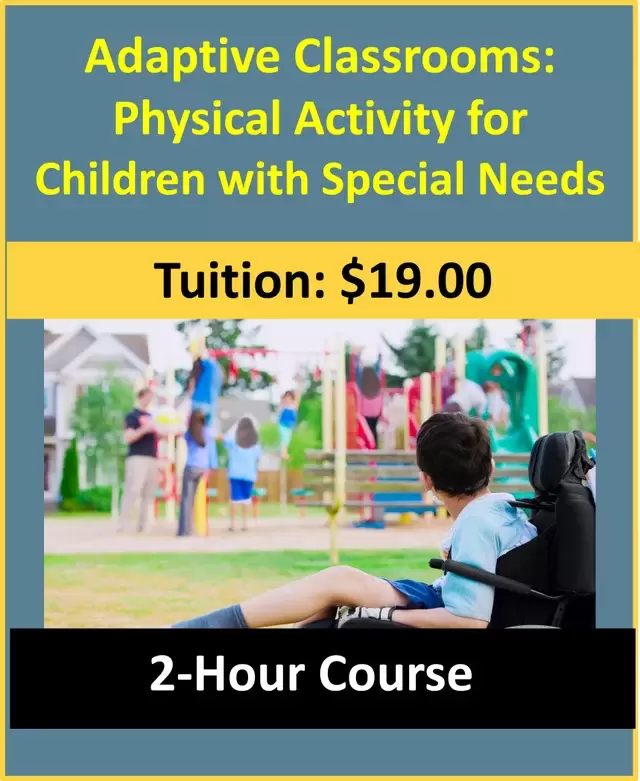
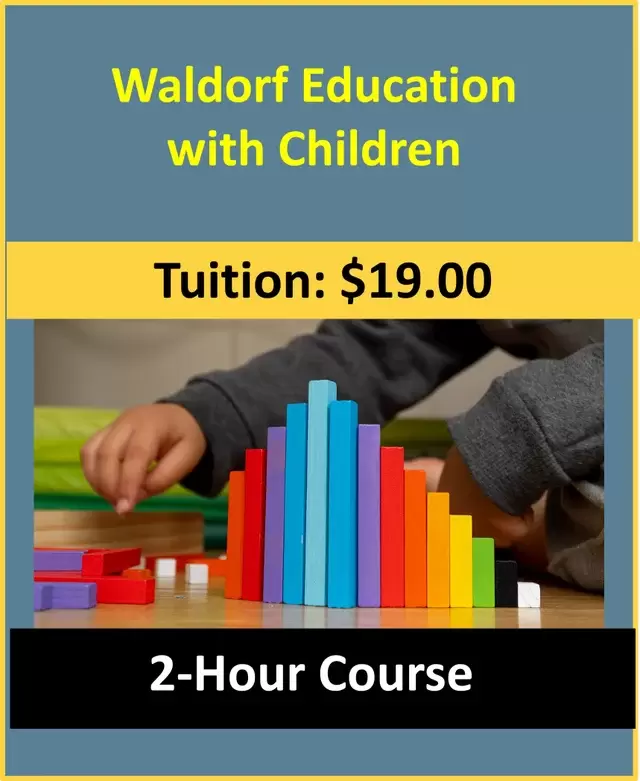
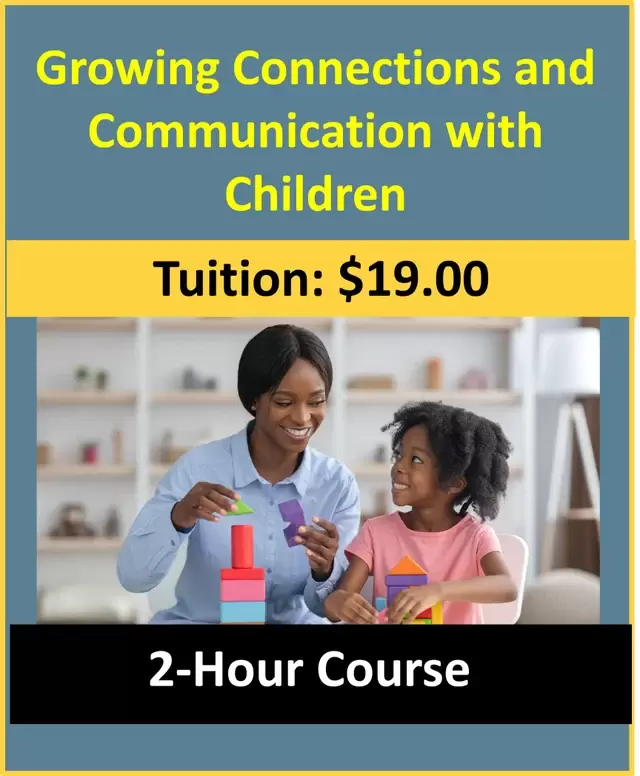
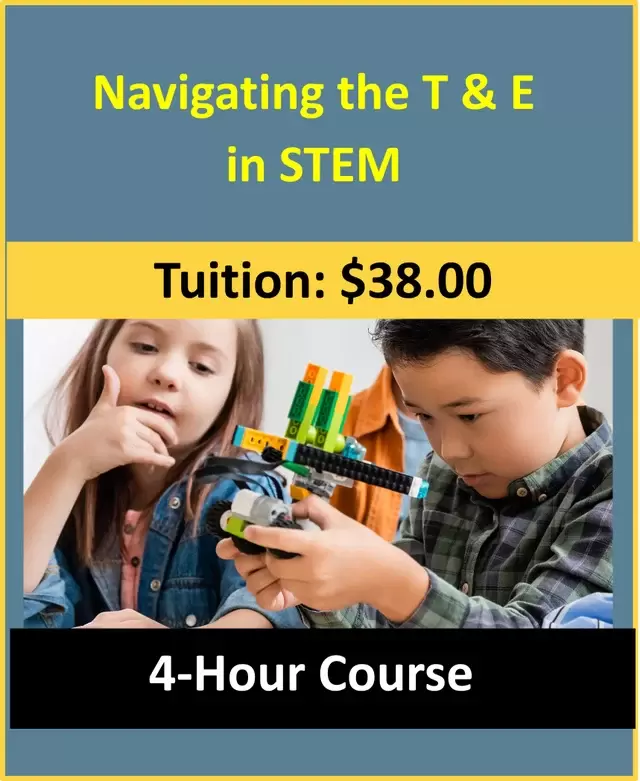
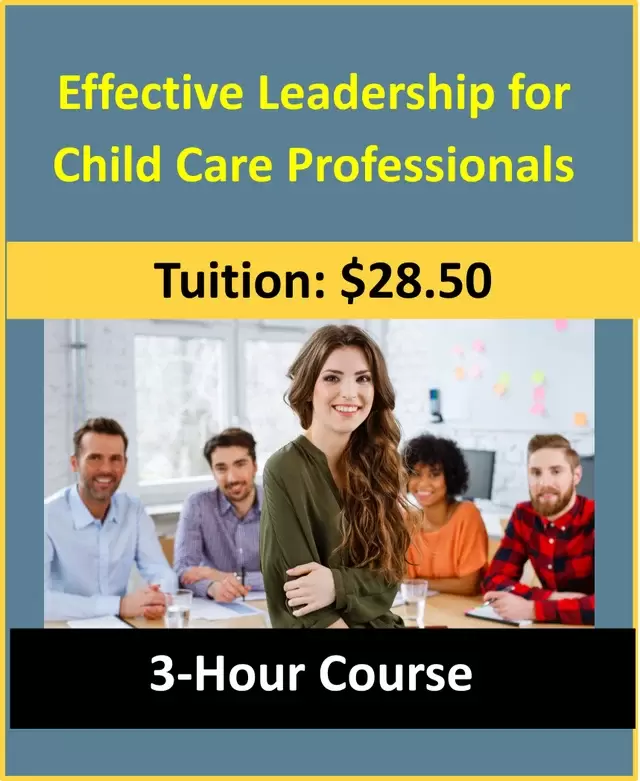
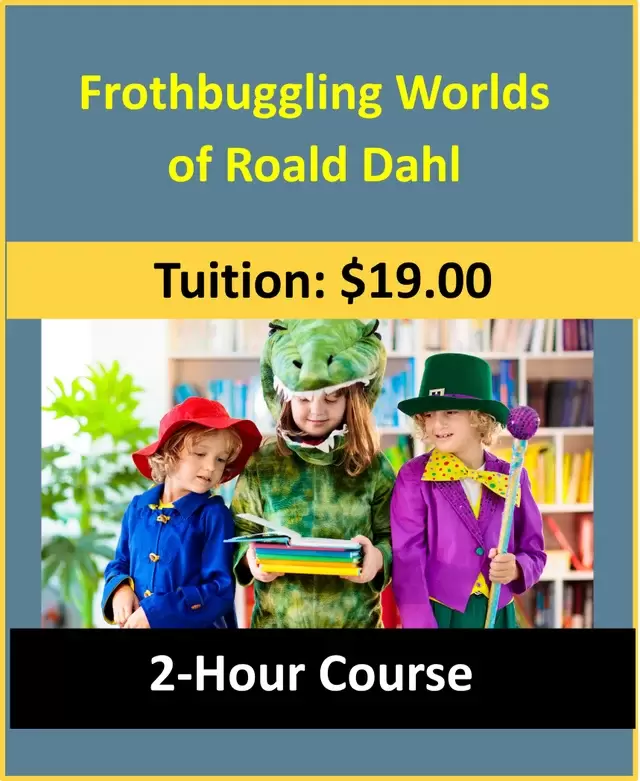
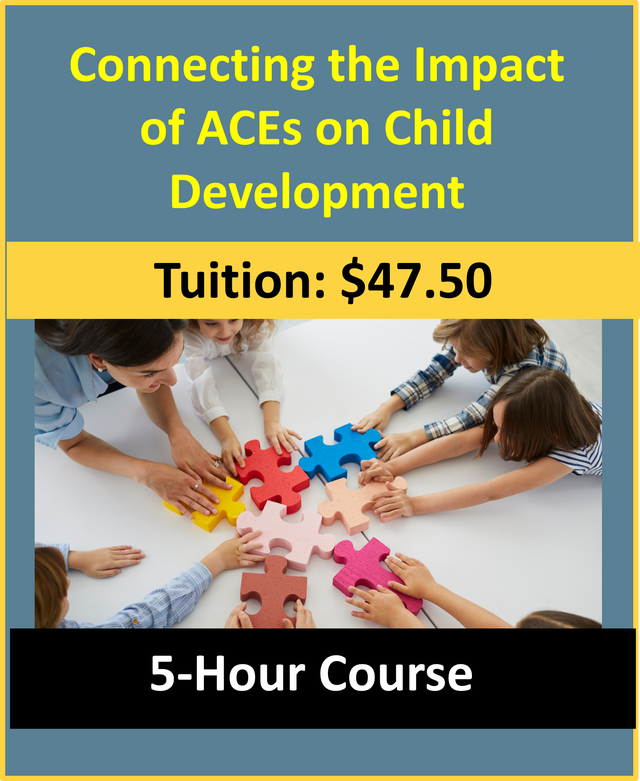
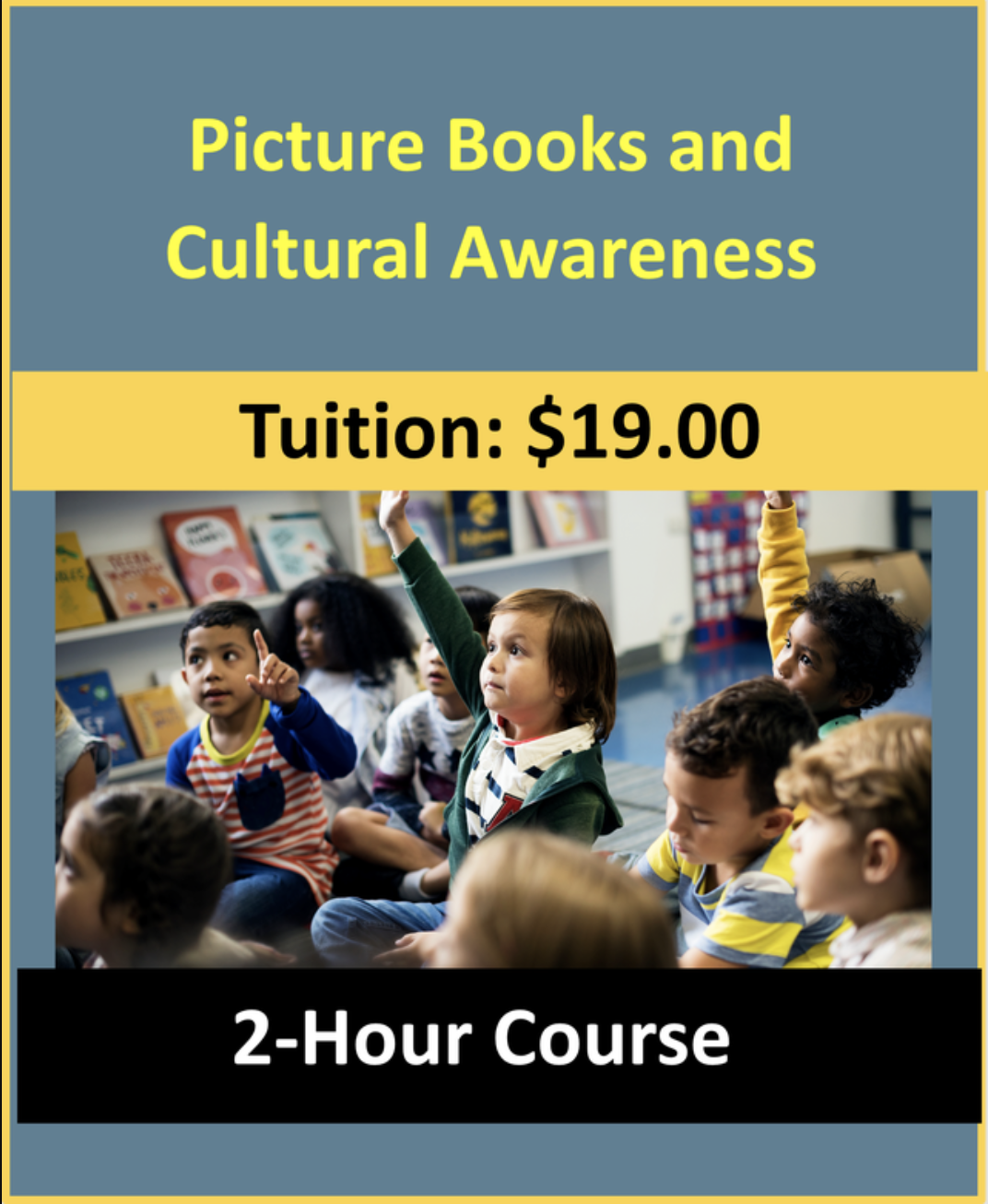
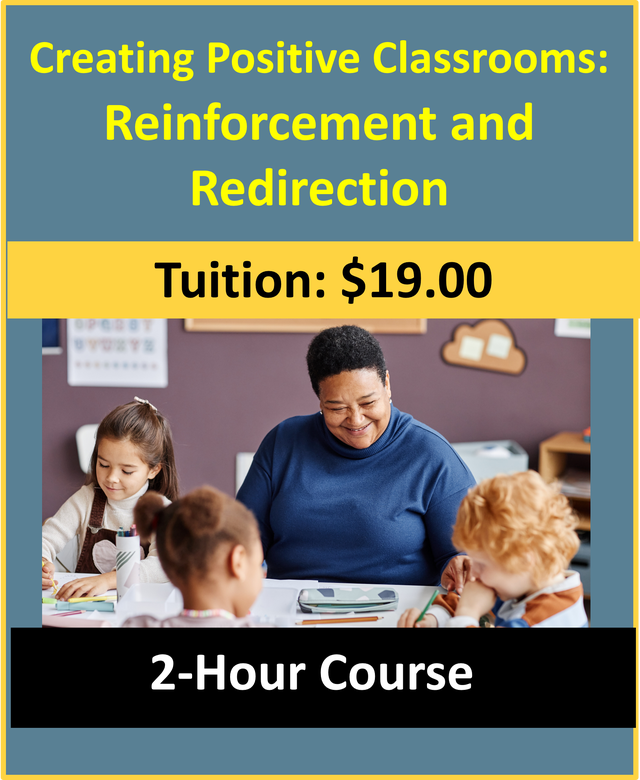
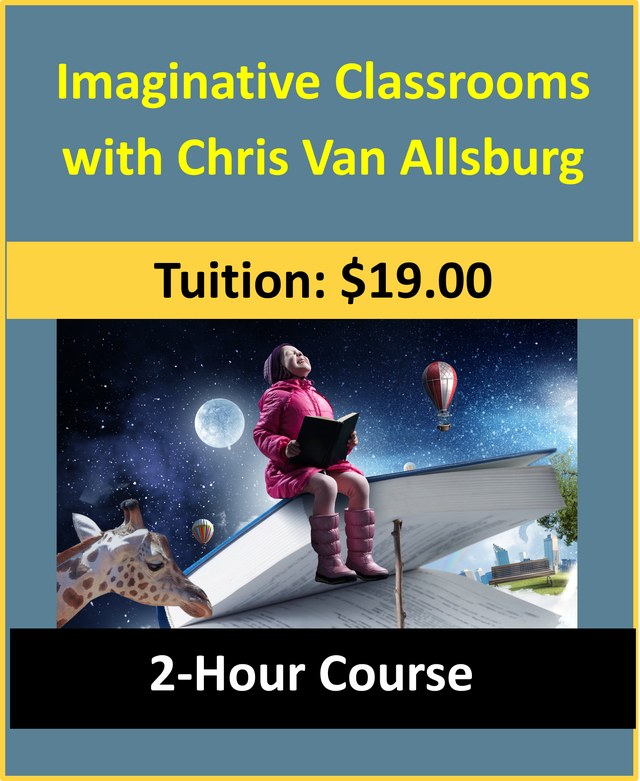
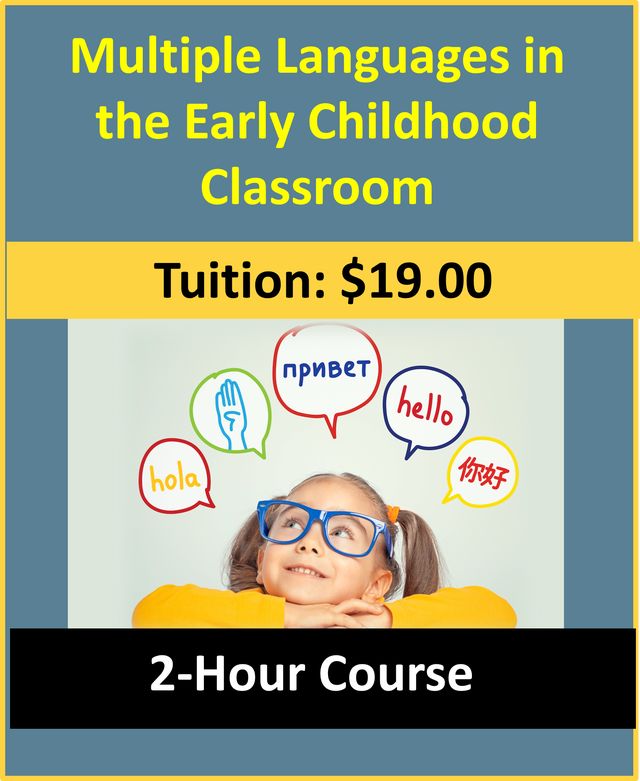
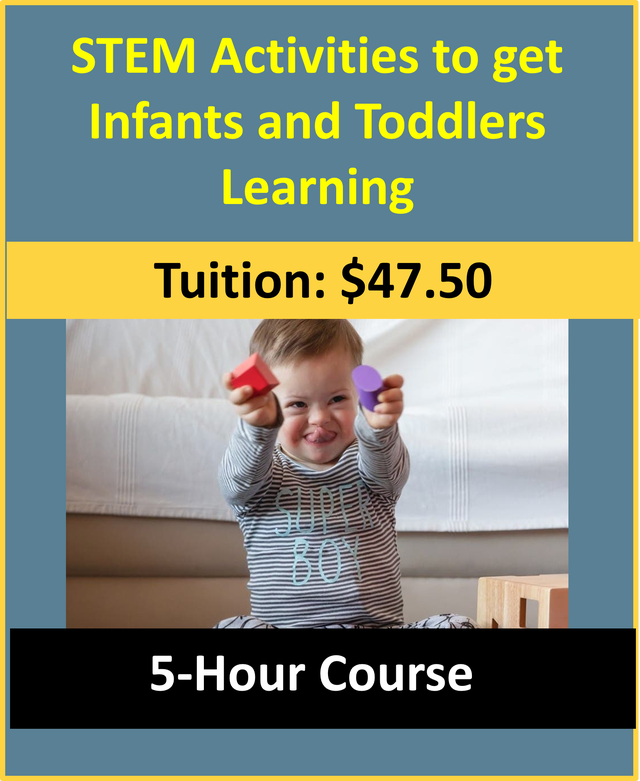
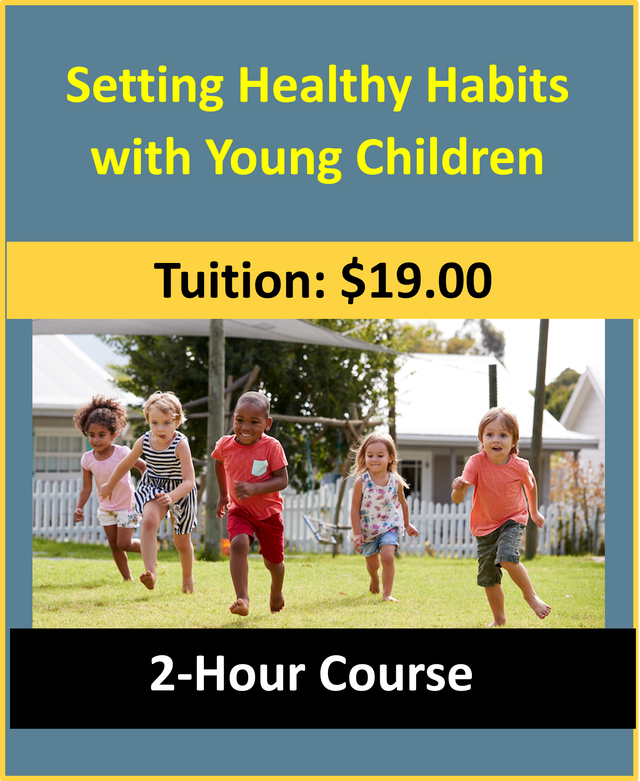
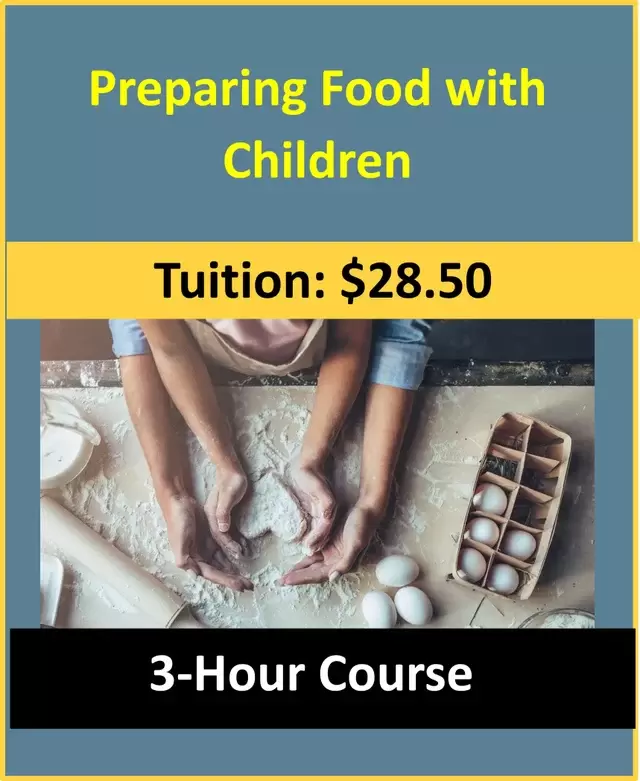
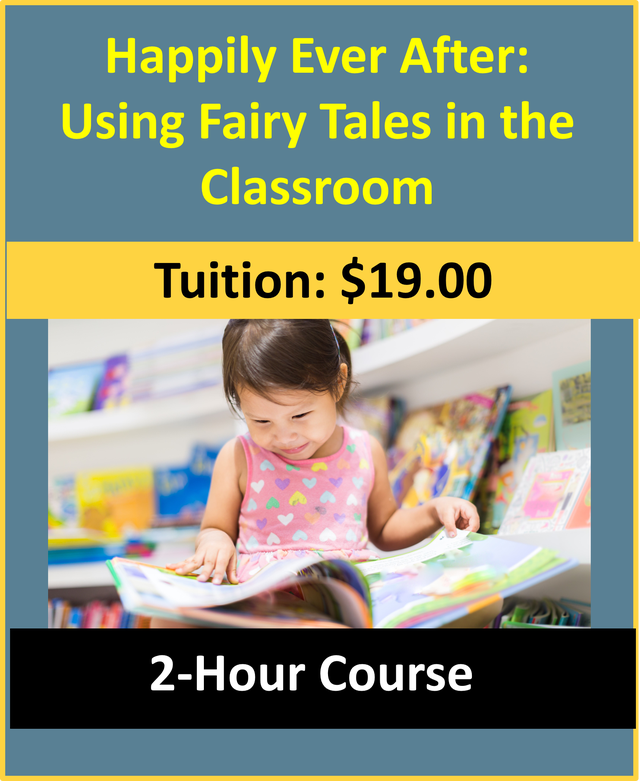
 RSS Feed
RSS Feed